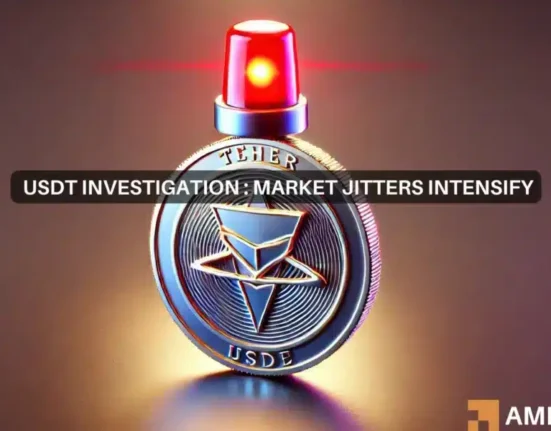Sui announced that it has adopted SCION as a defensive strategy to protect its layer 1 blockchain. SCION has been advertised as a means to help nodes prevent unauthorized traffic manipulation.
By claiming to be the first to use SCION, an internet architecture recommended by the World Economic Forum, Sui said it has improved its resilience against hijacks and DDoS attacks by allowing it to reroute traffic from IP-based networks to SCION.
Sui’s Defense with SCION
SCION (Scalability, Control, and Isolation On Next-Generation Networks) serves as a modern alternative to the outdated Border Gateway Protocol (BGP) that was developed in the 1980s.
SCION is a path-aware routing technology providing superior path selection to BGP. Hence, it allows endpoints to select paths based on security or efficiency, facilitating rapid recovery from failures and providing greater control over traffic routing. Routing is also cryptographically validated between networks.
In theory, Sui nodes that use SCION can choose from various paths for their traffic. If this works as planned, it should improve Sui’s speed and reliability. To implement SCION, Sui nodes need to connect through a SCION-enabled provider and set up a SCION appliance.
This dual-path feature should guarantee high availability and ensure connectivity through either SCION or traditional IP networks.
Routing vulnerabilities affect crypto networks
In 2022, hackers stole about $1.9 million from a South Korean crypto exchange Klayswap by pulling off a BGP hijack. Another notable incident happened in 2018 when attackers redirected MyEtherWallet users to a malicious server in Russia and emptied their wallets.
The BGP was developed in the 1980s. It manages internet traffic by determining the fastest route between various autonomous systems. However, its dated design makes it susceptible to security threats such as hijacking, rerouting, traffic interception, and DDoS attacks.
Also, BGPs can’t select the most effective path to route data since they rely on the shortest logical route without considering other factors, such as network congestion or physical distance, which can negatively impact data security and reliability.
Blockchain networks don’t directly rely on BGP. However, some blockchain operations, such as node communication, require internet infrastructure. This presents a serious vulnerability, which can be exploited.
These previous incidents and security recommendations from independent third parties confirm there’s a flaw with BGPs, and blockchain networks that still rely on its dated internet architecture could be exposed to these kinds of attacks.
SCION is still only available on Sui’s testnet. If the implementation is successful, other blockchains may also adopt it since most of them still operate on BGP.
Sui is currently trading around $1.80 and has recently exceeded $1 billion in Total Value Locked (TVL) during the period dubbed “Sui-tember.” This increase came from a notable rise in DeFi activity on the platform.







